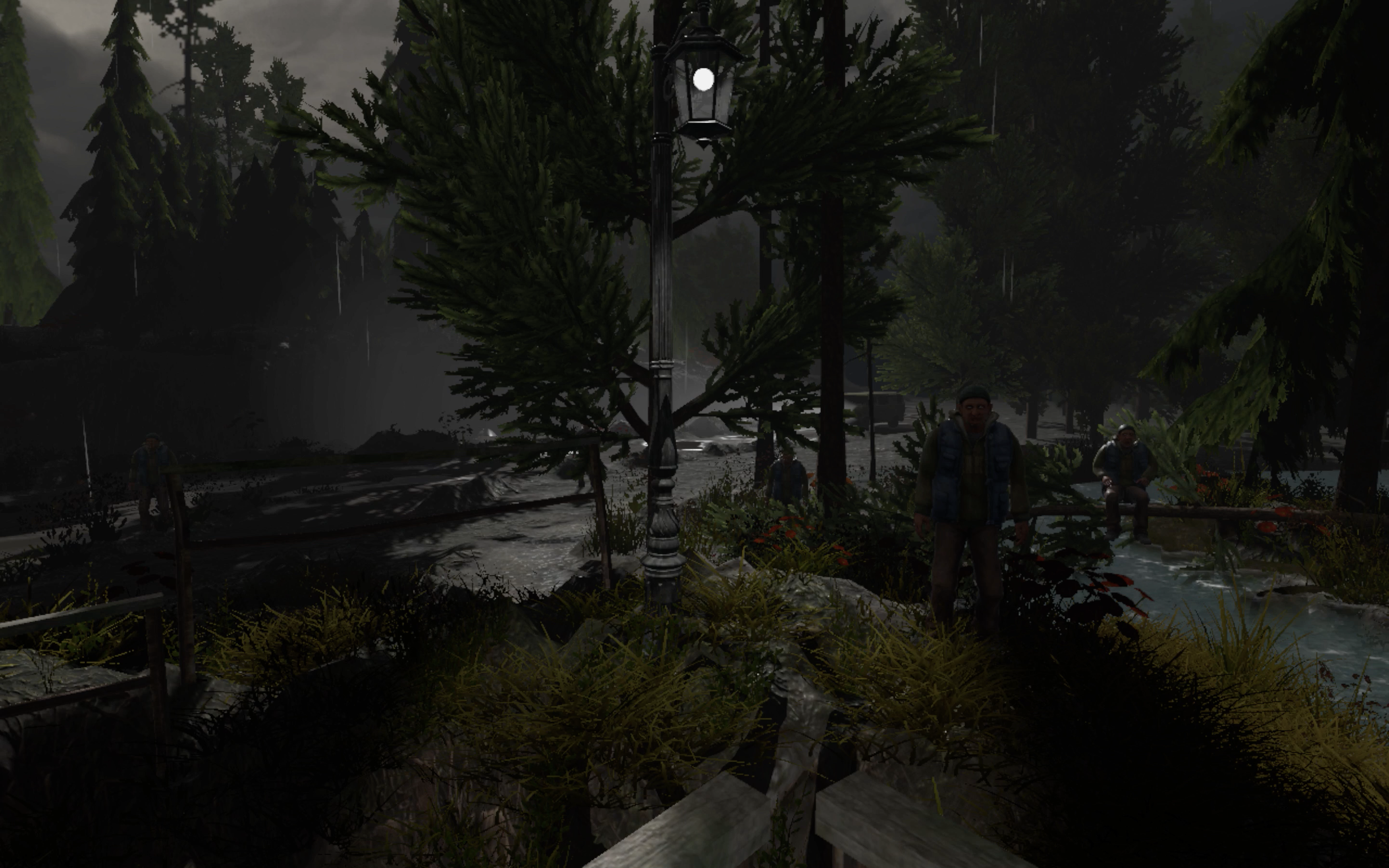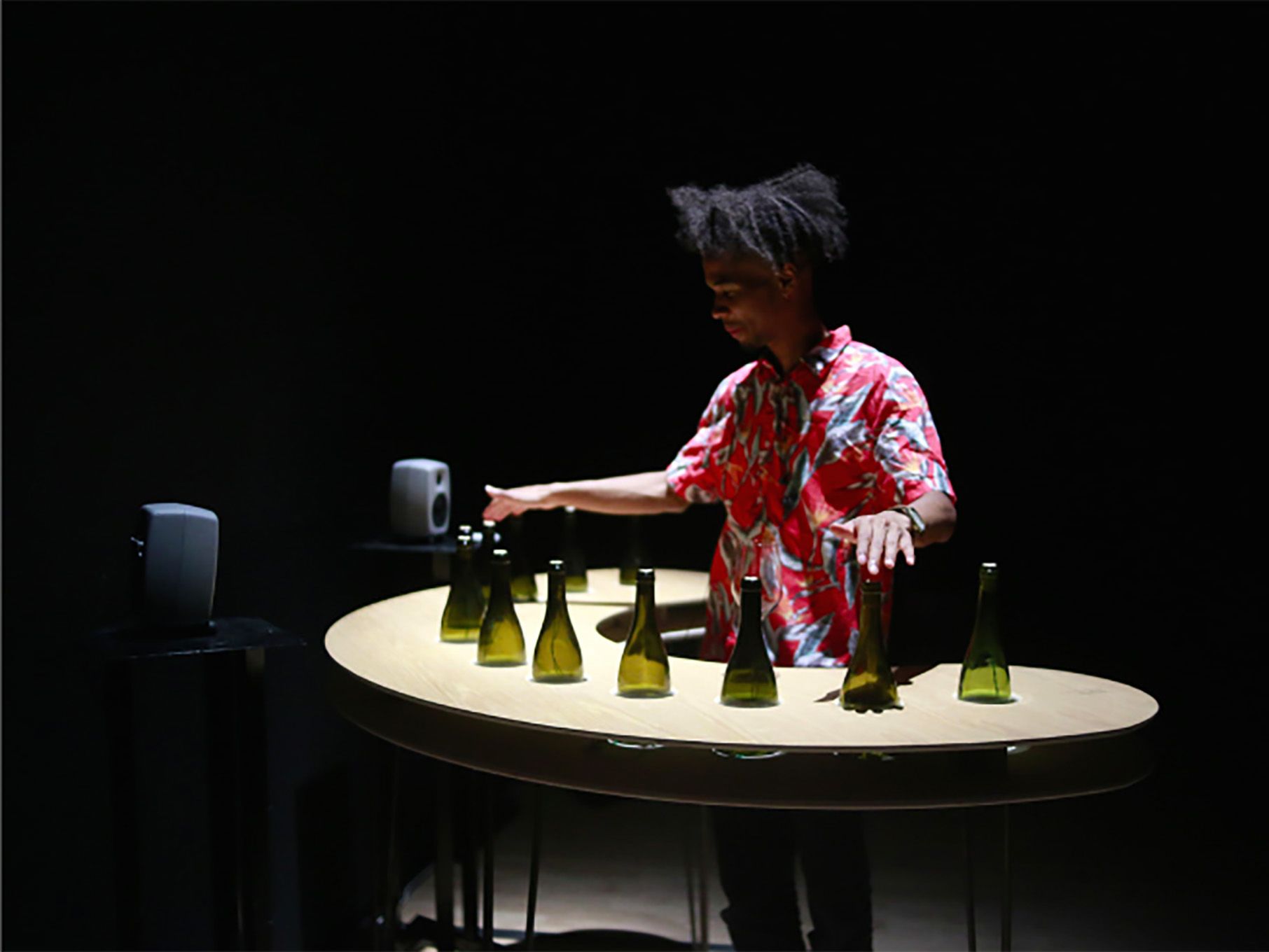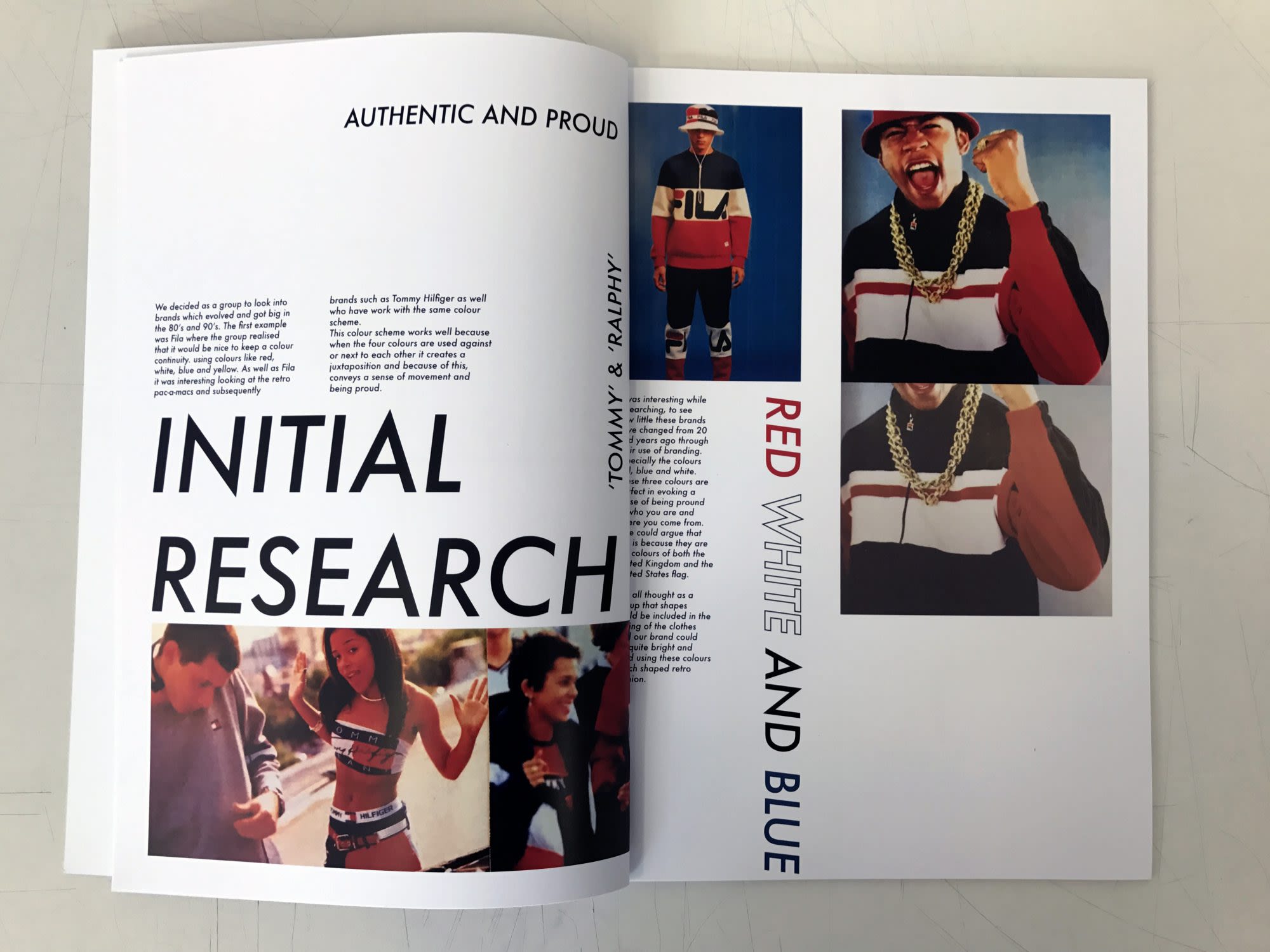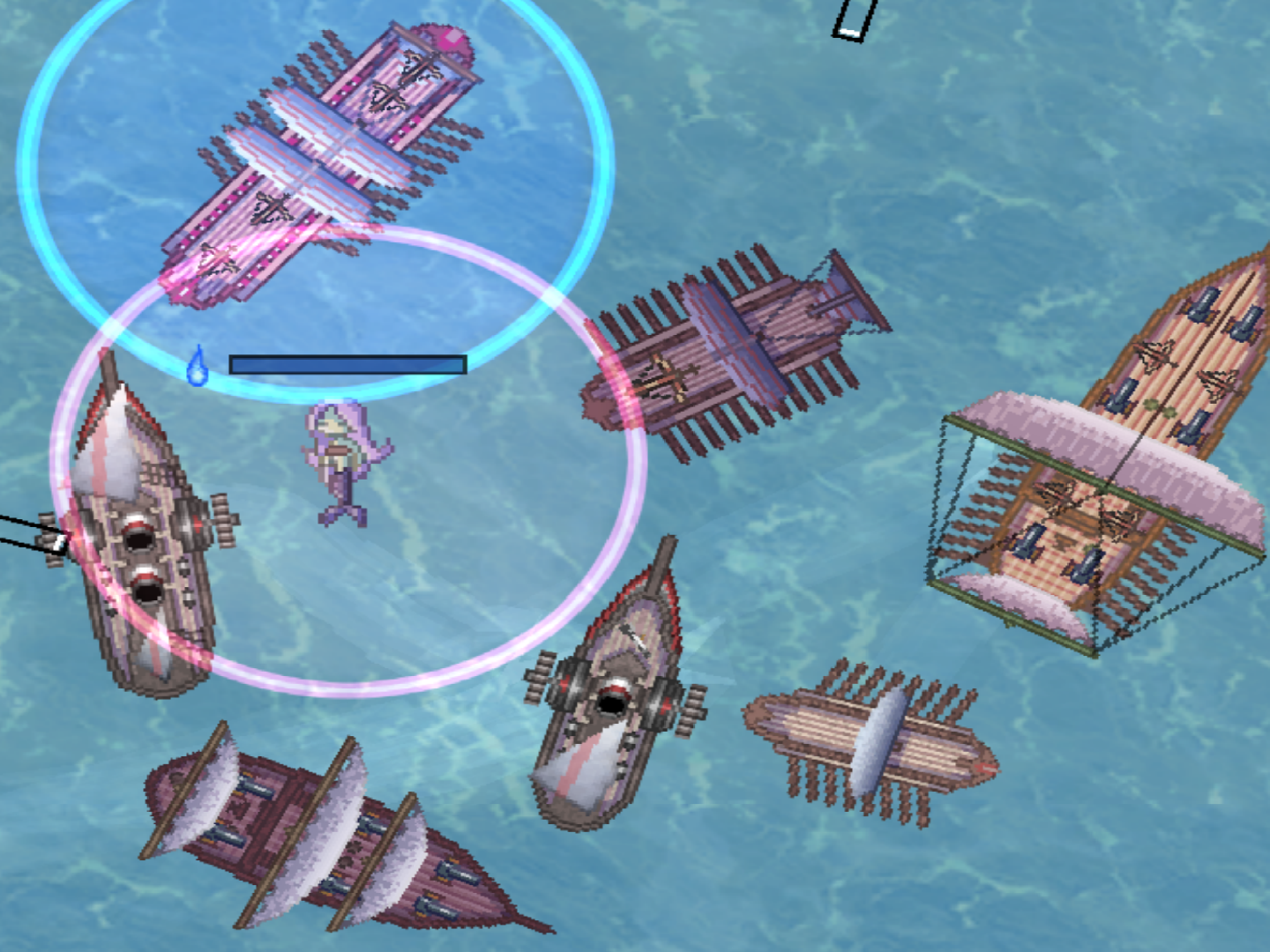User experience design covers a wide range of digital practices, including user experience (UX), user interface (UI) design and information visualisation. This doesn’t mean that everything stays on screen though — there’s plenty of opportunities for digital tools and technologies to be integrated with the world around us.
Throughout the course you will be introduced to the technical and design skills necessary to work with digital materials, designing with rules or systems rather than creating singular images or artefacts (objects). You will also be asked to think about the implications of digital media, both personal — such as addiction to social media — and in wider society, such as the spread of fake news.
Below are some examples of student projects embracing and exploring visual mistakes, experimenting with virtual reality, visualising the spread of misinformation online, building tools for dancers and choreographers to communicate and considering the way technology is discussed and presented.
Michelle Chong Jia Hui

| Photograph: Michelle Chongjiahu
Antoine Hacheme

| Photograph: Antoine Hacheme
See more of Antoine’s work on his website
Meet Antoine via his LCC Student Voices video
Shengwen Lin

| Photograph: Shengwen Lin
Fabio Amelia

| Photograph: Fabio Amelia
David Carvalho





